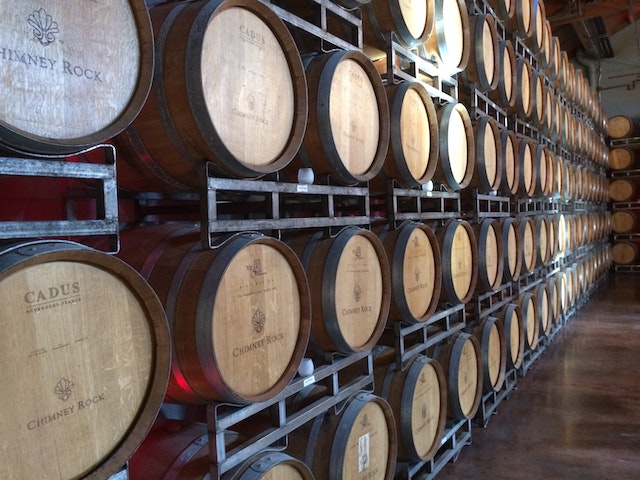Australia’s glut of wine will continue for some years with more than 2.8 billion bottles in storage, a report has found.
Even in a best-case scenario, with the removal of Chinese tariffs and a recovery in sales to the region, it would take at least two years to work through the surplus, based on the Rabobank Wine Quarterly report.
Associate analyst Pia Piggott said there were more than two billion litres or more than 2.8 billion bottles of wine on hand, with the oversupply the result of trade issues, but also impacted by the COVID-19 pandemic and a bumper grape harvest.
At its peak in 2019, China accounted for 18 per cent of Australia’s wine exports.
But Ms Piggott said when a slew of Chinese anti-dumping tariffs were imposed in 2020, wine took the most notable hit, losing about one-third of its export value.
“Unluckily, the tariff coincided with an exceptional growing season and Australia’s largest crush on record,” she said.
“Wine production for the ’21 vintage increased 36 per cent year on year, which would have in any case caused an oversupply.
“This coincided with COVID, logistics bottlenecks and inflation which were major hurdles in the way of plans to grow and diversify exports.”
The upside has been cheaper prices for consumers, but the glut of grapes has also cut returns to growers, prompting the Rabobank report to call for reduced acreage to allow for a return to profitability.
Ms Piggott said pressures on margins would remain high for vineyards for some time, especially for those without contracts and growing a high mix of red varieties.
For wineries, stocks would remain high as businesses slowly worked through selling existing inventories.
“While some brands have increased bulk shipments and been able to heavily discount stock, this will need to continue for some time to rebalance the market,” she said.
Looking more broadly at the export market, Rabobank said while sales to the US had increased in recent years, demand from the UK had fallen.
In 2023 and onwards, both countries were expected to remain key export markets, though the imposition of new alcohol duties in Britain was a cause for concern.
Tim Dornin
(Australian Associated Press)





